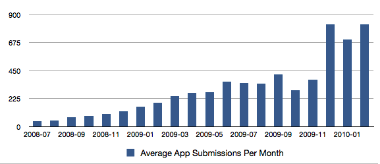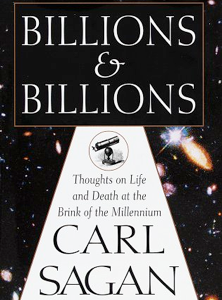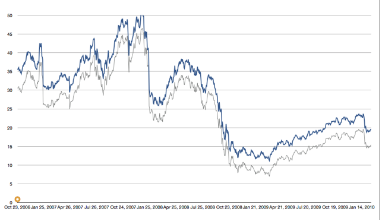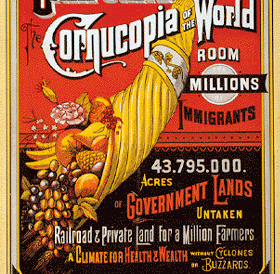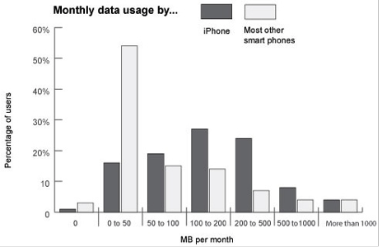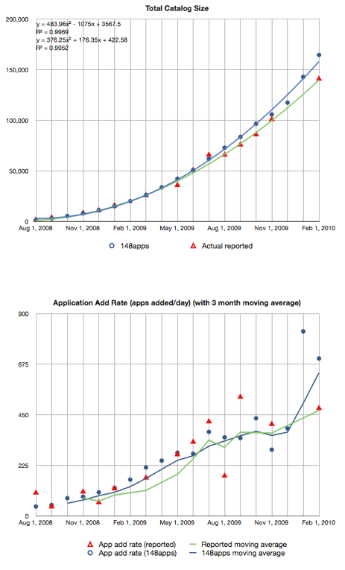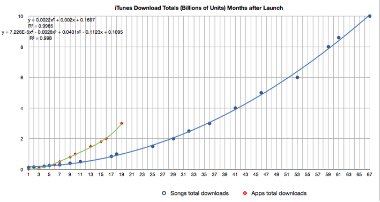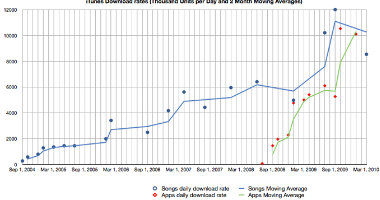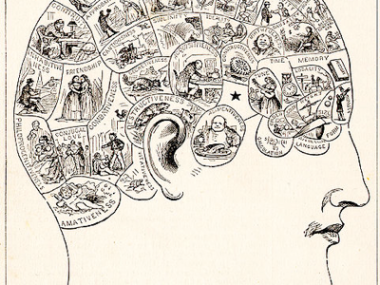 What are we to make of the new Windows Phone 7 Series?
What are we to make of the new Windows Phone 7 Series?
First, we have to distinguish it as a new platform. Let’s use Microsoft’s new naming conventions and call it “WP7S” as distinct from the current Windows Mobile 6.5 aka “WinMo”.
Steve Ballmer said they will continue to “invest” in WinMo presumably in parallel to the WP7S platform. This is an interesting development since although there might be some interoperability of applications, the new platform will likely have a new set of APIs.
What strikes a follower of the WinMo platform is that the new WP7S is orthogonal in its positioning. Whereas WinMo was for either hard core, ROM burning, .cab-editing geeks, or for corporate suits, the new WP7S is going for the Xbox, Facebook ADHD hipster user. Perhaps Microsoft is also going for the “average” user though that did not come through the presentations.
So these two constituencies (geek vs. socialite) are quite distinct and a product that pleases one won’t please the other. Evidence of this is the fact that many existing users are feeling dejected over the absence of true multi-tasking, the locked memory cards, the lack of compatibility with the old UI and apps, and the overall “dumbing down” of what they thought was a haven of nerdiness in a sea of iPhone hype.
If Microsoft pours more resources into the new WP7S at the expense of the WinMo platform then we can assume they are “firing” their loyal geek users. Frankly, they are a difficult set of customers whose advice tends to steer a product into ever-more complexity and over-service.
This sets up a potential schism repelling the geek set toward Android and the corporate set perhaps sliding toward iPhone.
That would leave Microsoft in a quixotic pursuit of iPhone users without the benefit of an ecosystem.
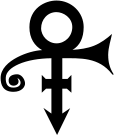 The mobile operating system formerly known as “Pocket PC 2000/2002, Pocket PC 2000/2002 Phone Edition, Smartphone 2002, Windows Mobile (2003/5.0) for Pocket PC, Windows Mobile (2003/SE/5.0) for Pocket PC Phone Edition, Windows Mobile (2003/SE/5.0) for Smartphone, Windows Mobile 6[.1/.5] Professional/Classic/Standard” will now be known as Windows Phone Classic.
The mobile operating system formerly known as “Pocket PC 2000/2002, Pocket PC 2000/2002 Phone Edition, Smartphone 2002, Windows Mobile (2003/5.0) for Pocket PC, Windows Mobile (2003/SE/5.0) for Pocket PC Phone Edition, Windows Mobile (2003/SE/5.0) for Smartphone, Windows Mobile 6[.1/.5] Professional/Classic/Standard” will now be known as Windows Phone Classic. 
